A GRAIN of Truth
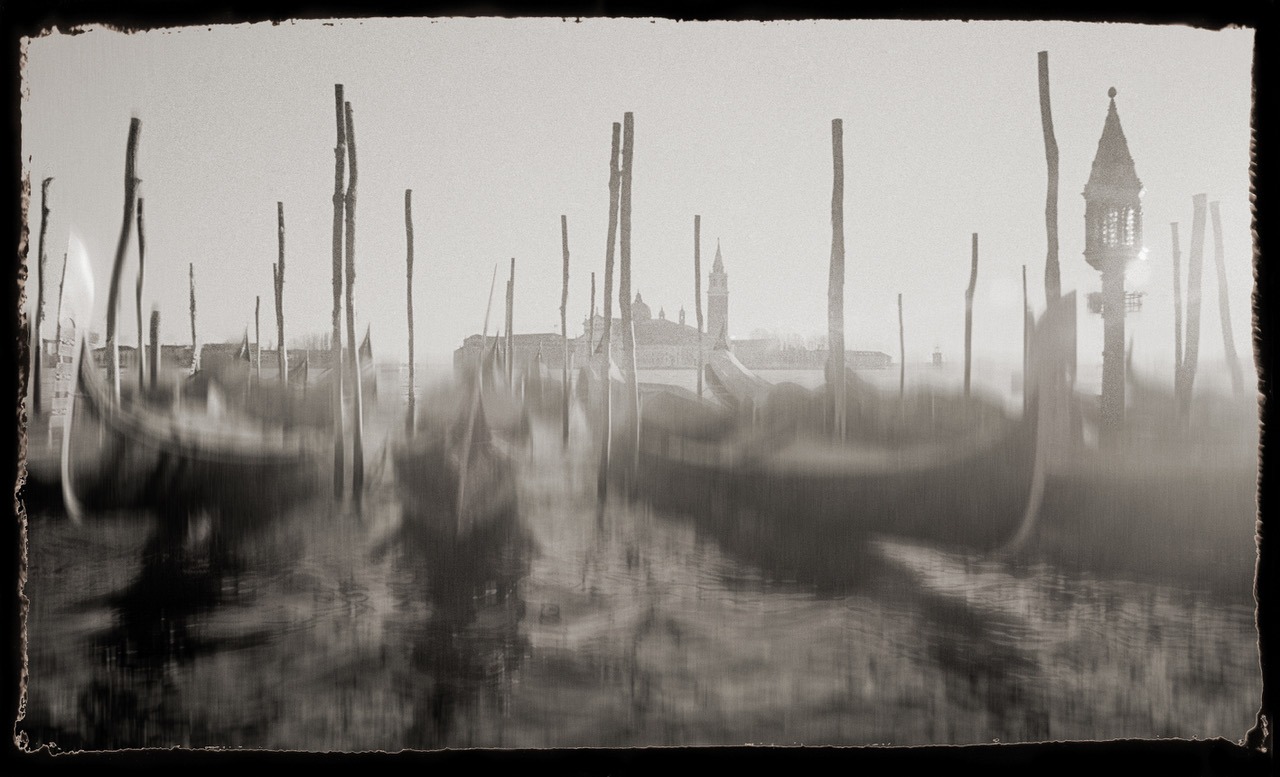
Photography, like drawing and painting, is a very personal experience with personal tastes in equipment and application of media.
For years, I was paid obscene amounts of money to shoot cars, aircraft, and products ultra sharp on the finest grain films.
For fashion, I was using knife-edge sharp Zeiss lenses, sometimes softened with Zeiss softar filters.
As I grew as an artist and photographer, I became aware of how other practitioners worked and their choice of materials and equipment. Two photographers stood out in the group of people who inspired and influenced me.
Pete Turner for his use of color, and John Clarridge for the incredibly atmospheric photographs with grain so large you could eat it.
In my personal work, I started to use GAF 500, uprated Tri-X, Konica 3200 and Fuji 1600 to have grain like golf balls and be the antithesis of Velvia 5×4 and 120, which I used in my commercial work.
I admit I am a bit weird, but for me, grain ads soul to an image.
Enter the digital age…
Camera manufacturers and software companies are shouting from the rooftops we can remove or eradicate digital noise and give sharp images.
Well, perverse old me, I just put it back in with Alien Skin Exposure, Lightroom, Photoshop, Fuji Cameras, iPhone’s digital zoom and the incredible football-sized grain from my old Panasonic camera in black and white mode.
On mentioning Zeiss lenses, there was one stand out lens, the 135mm F1.8 for Sony A-mount, which has a quality I have never seen in any other lens, not grain but something else.
All lenses have their own signature, Fuji, Nikon Zeiss, etc., although I have never subscribed to the Leica myth (having owned nearly all their lenses), but include early film images shot on Leica.
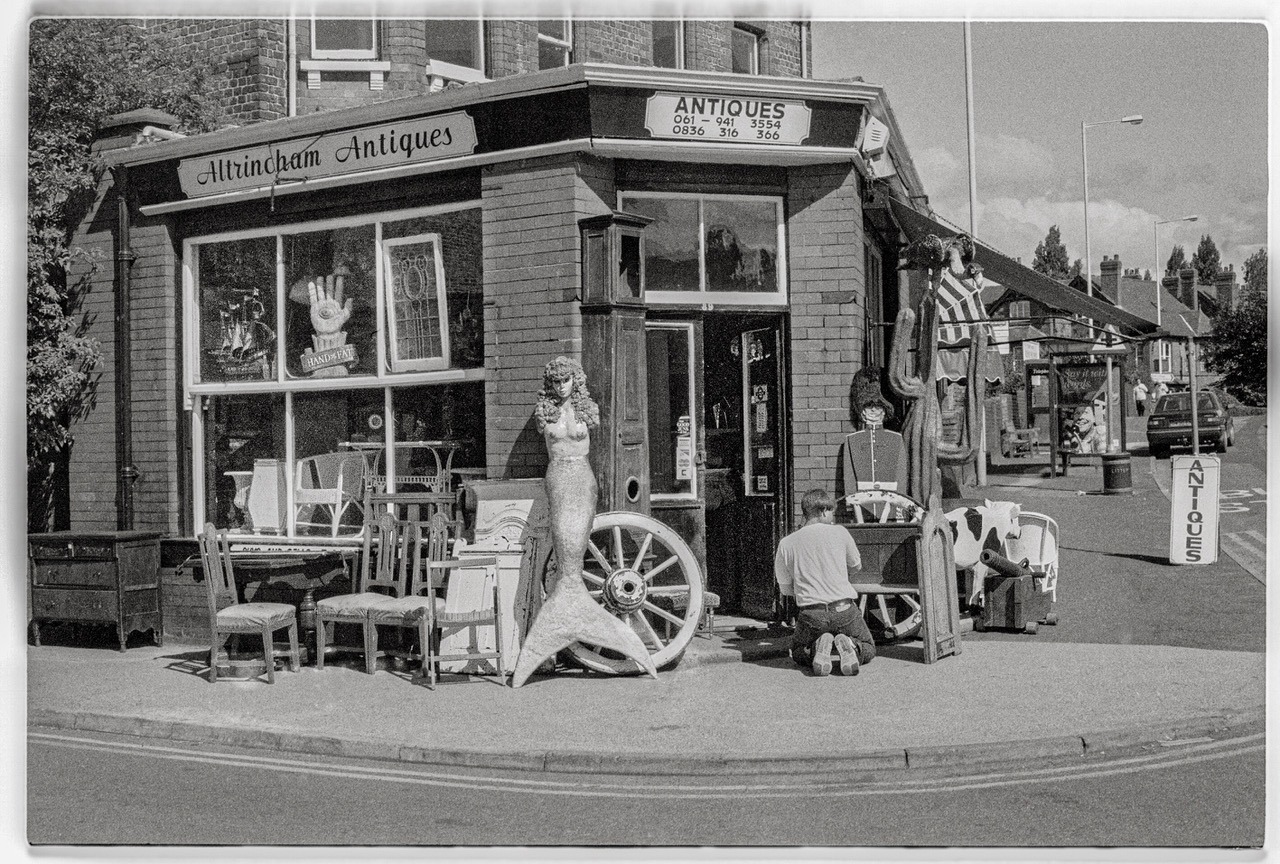
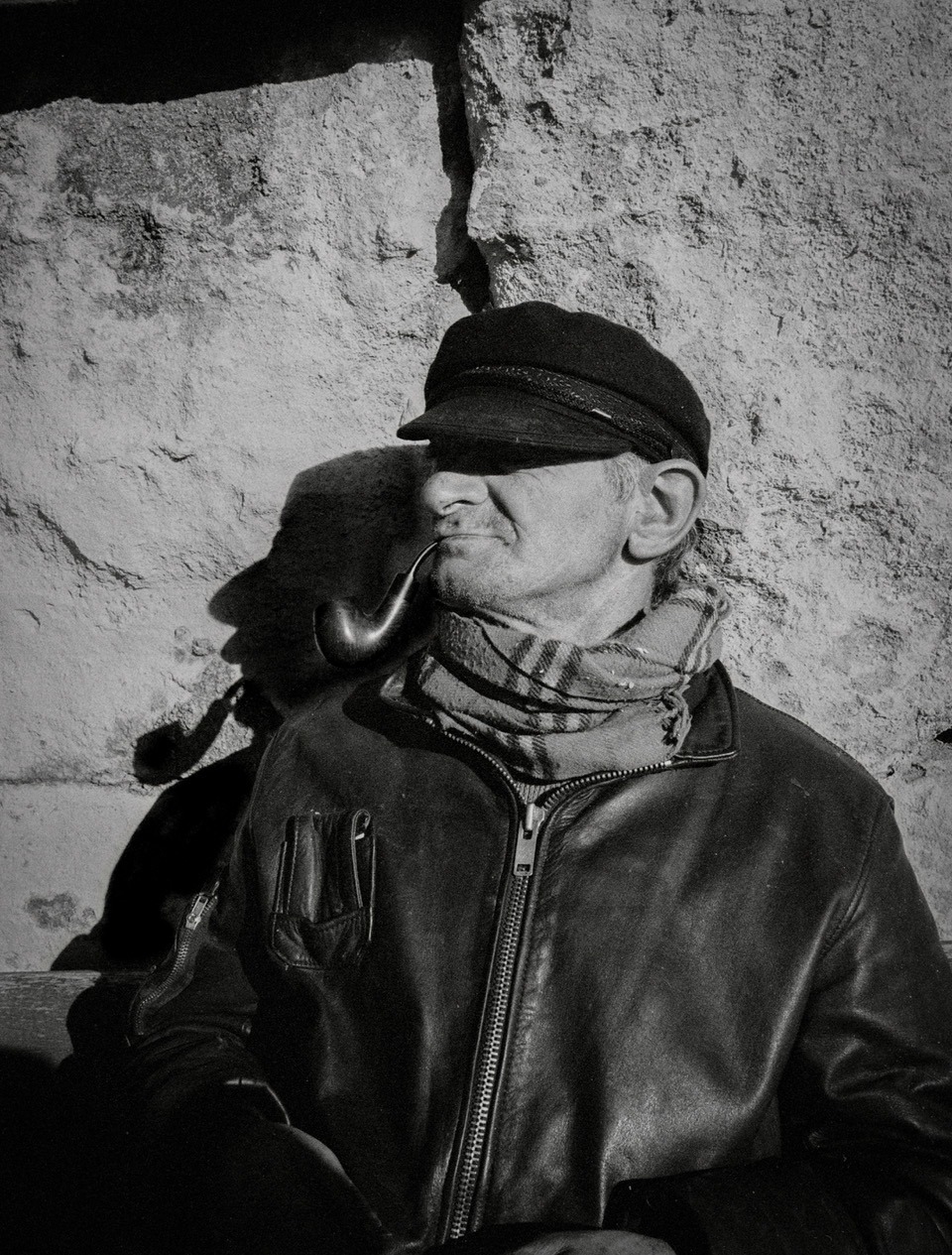
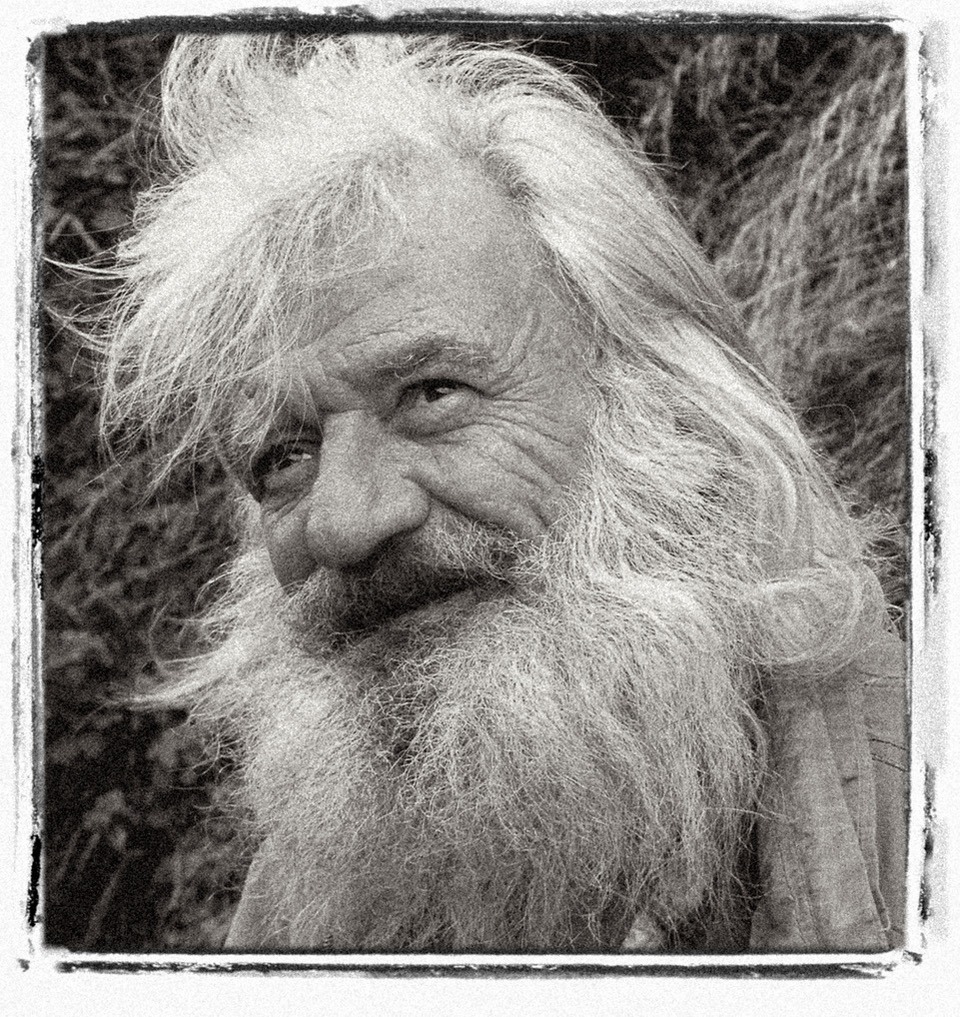
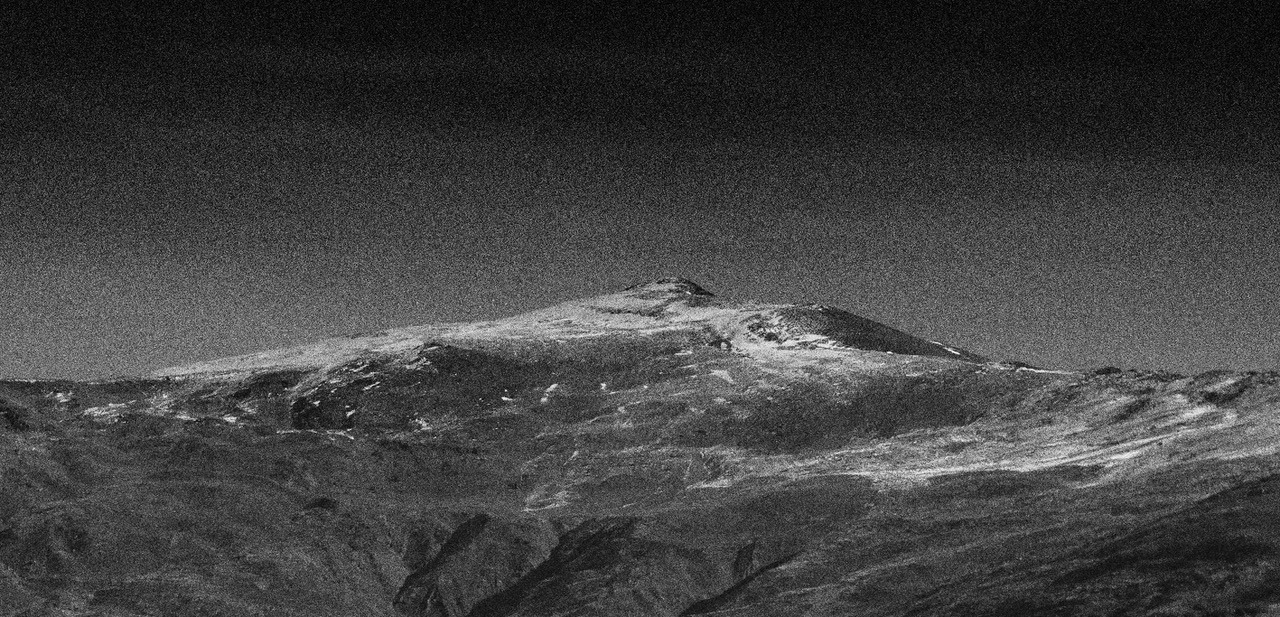
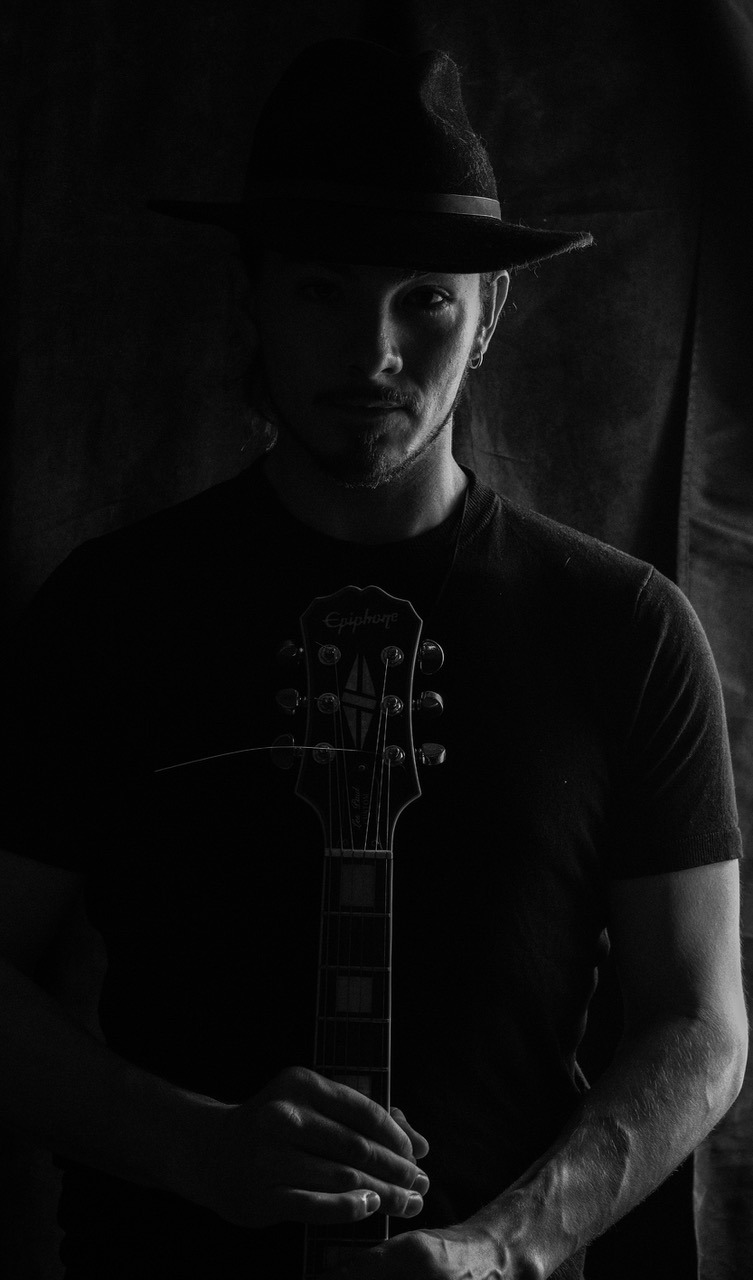
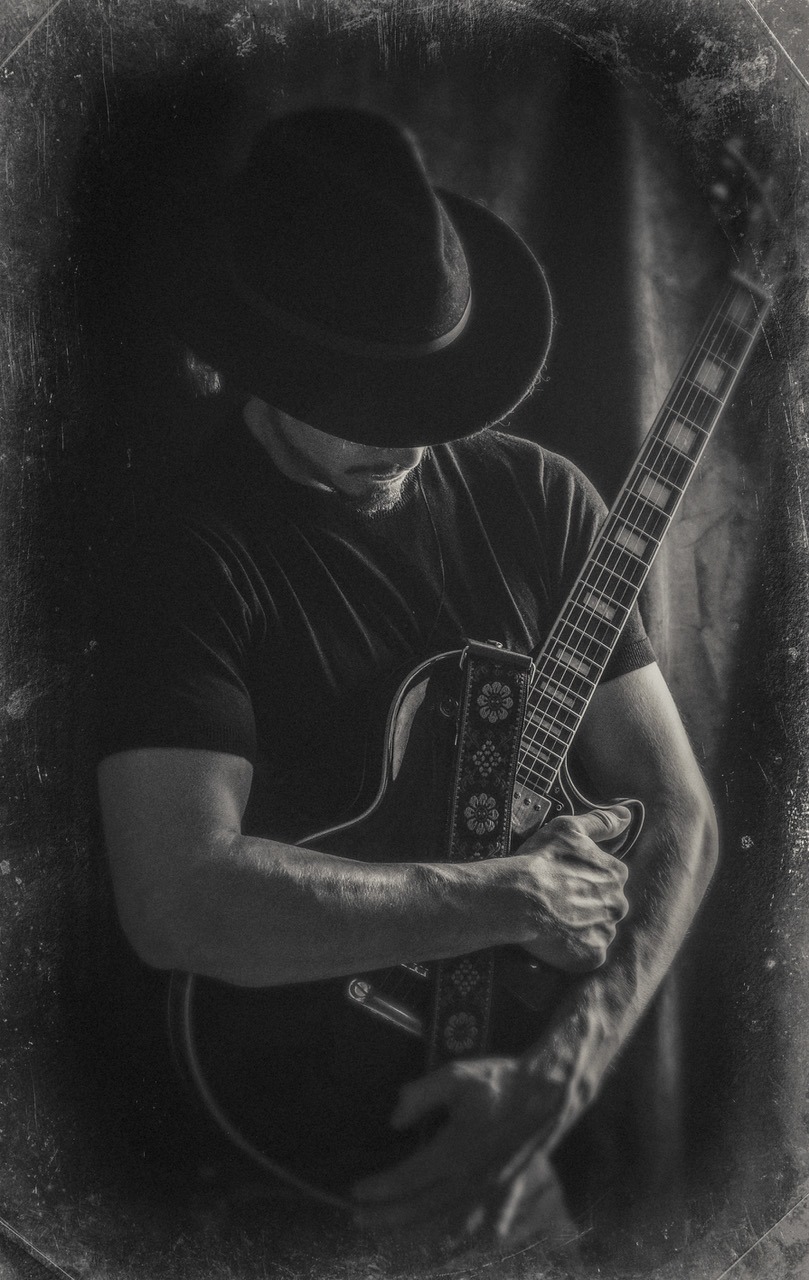
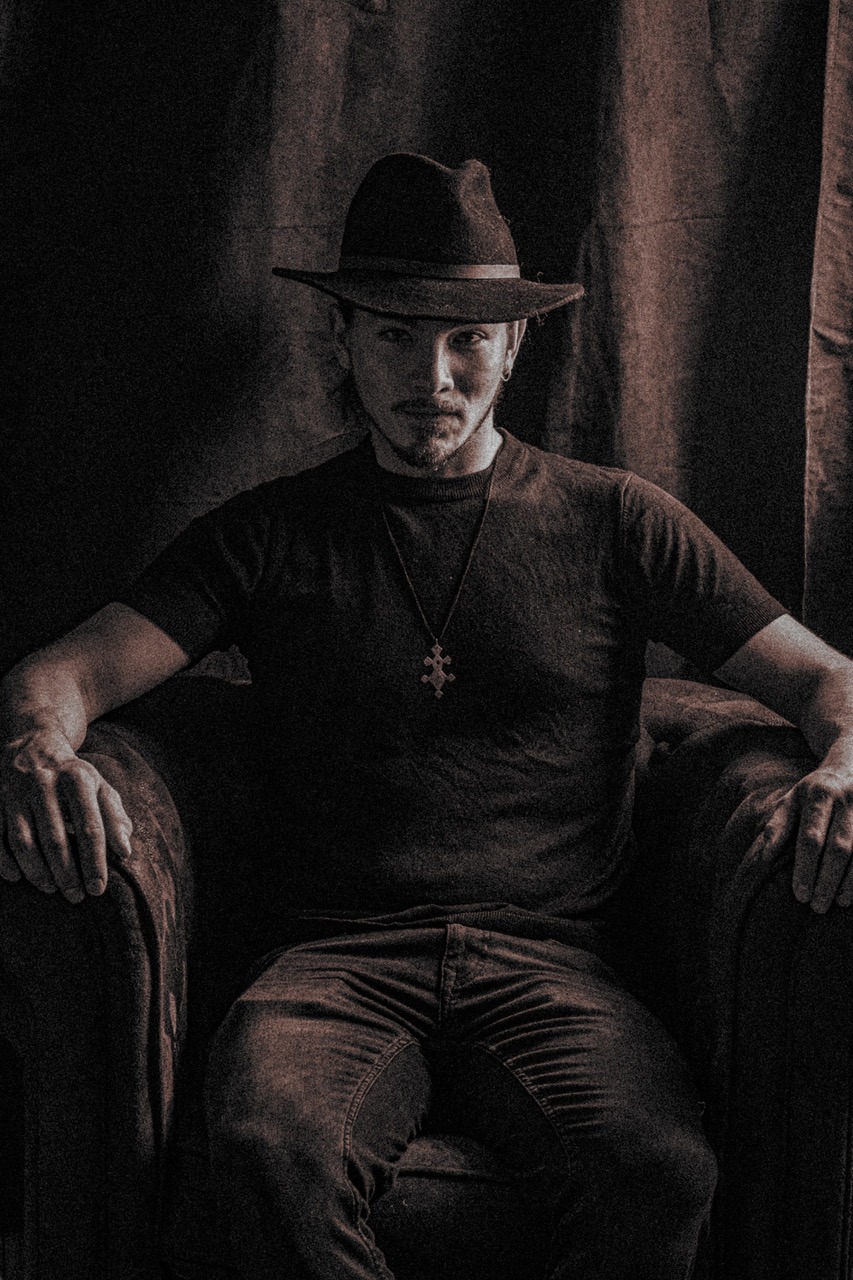
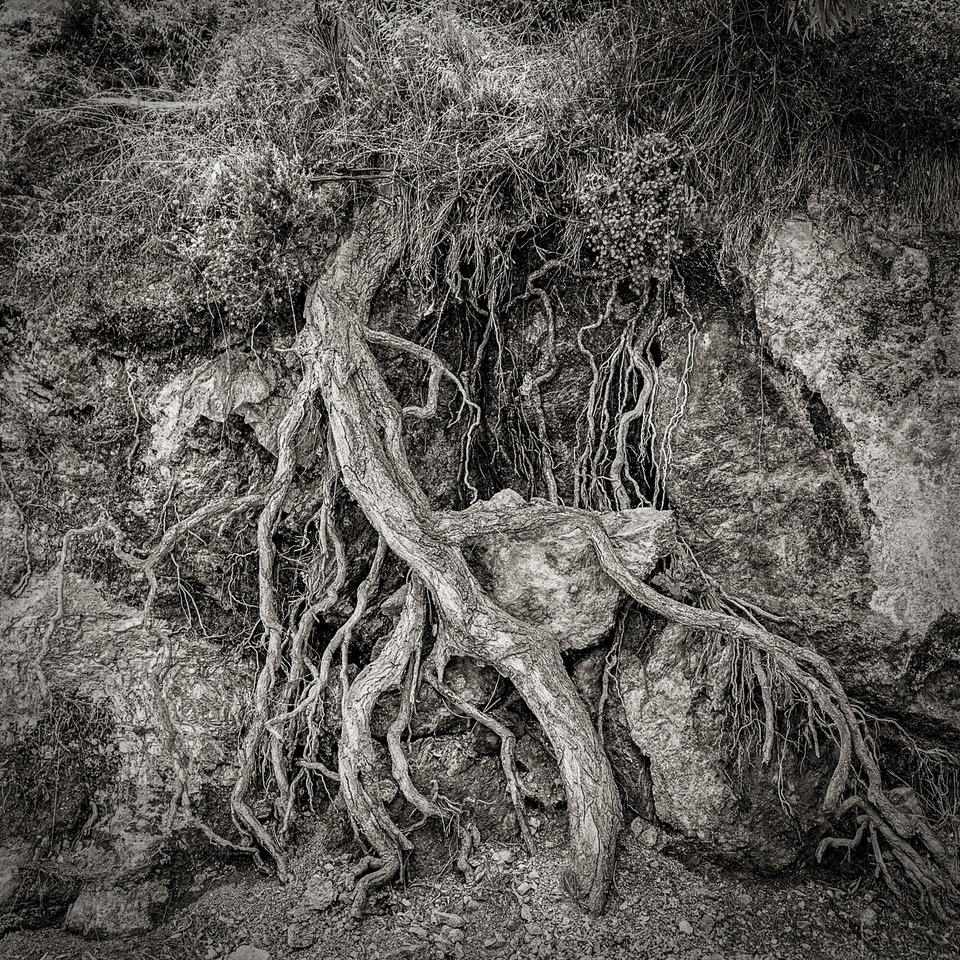
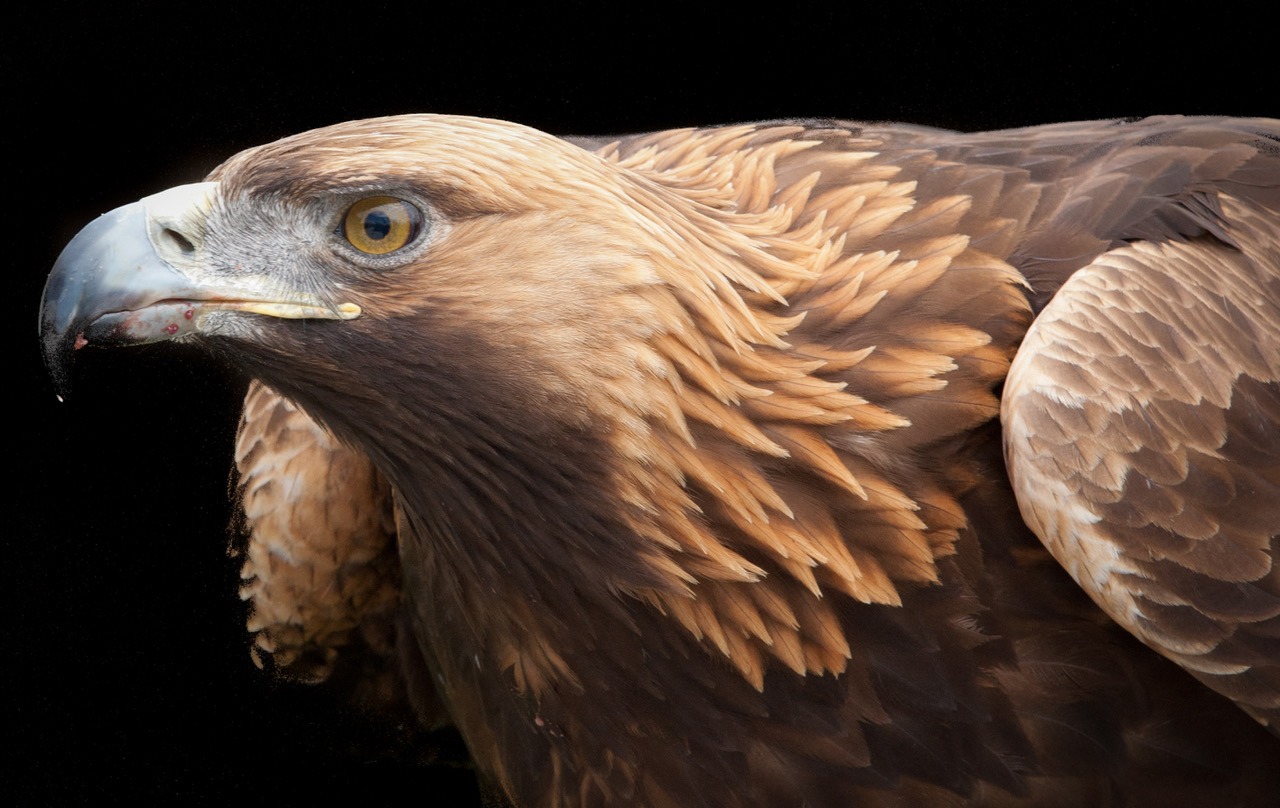
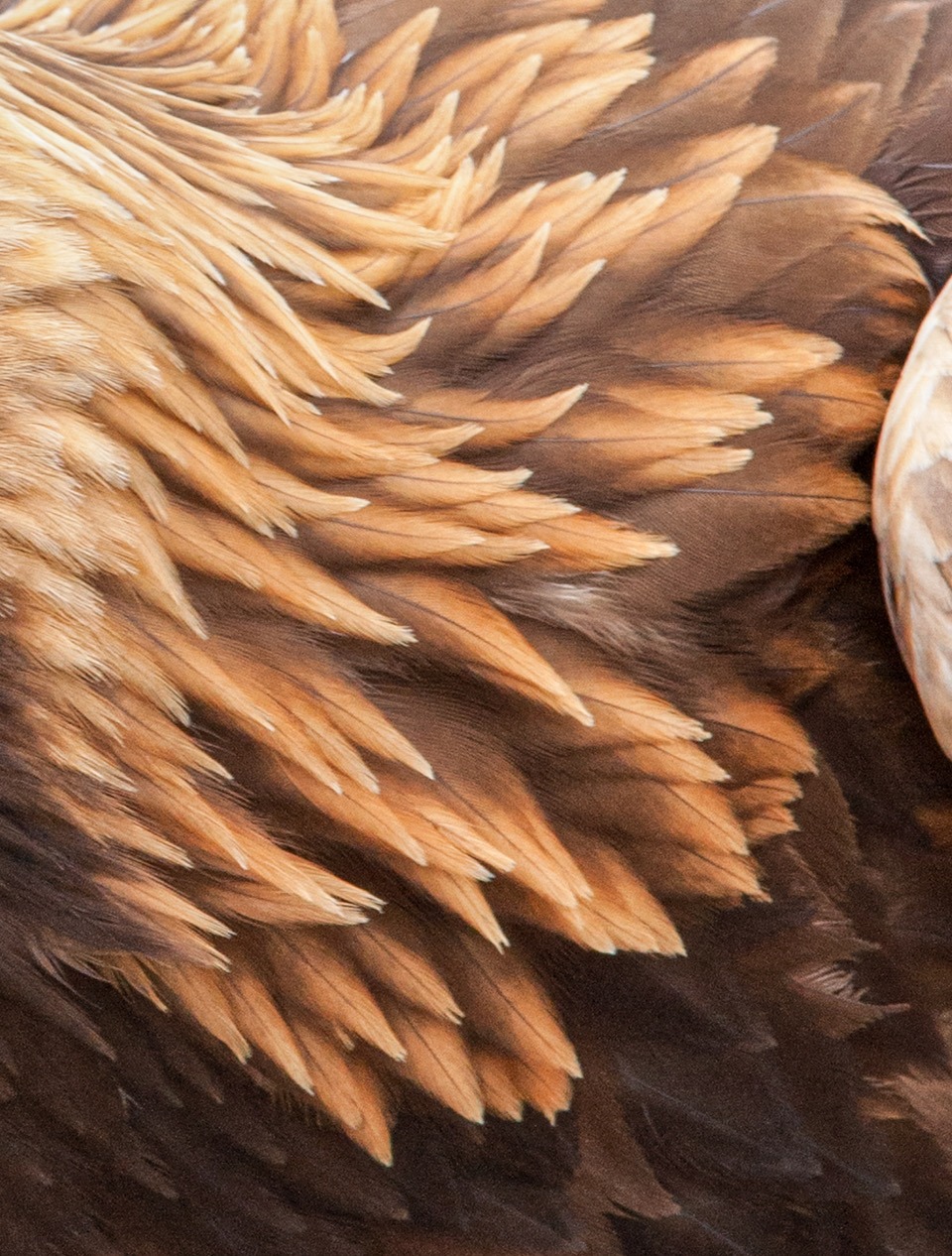
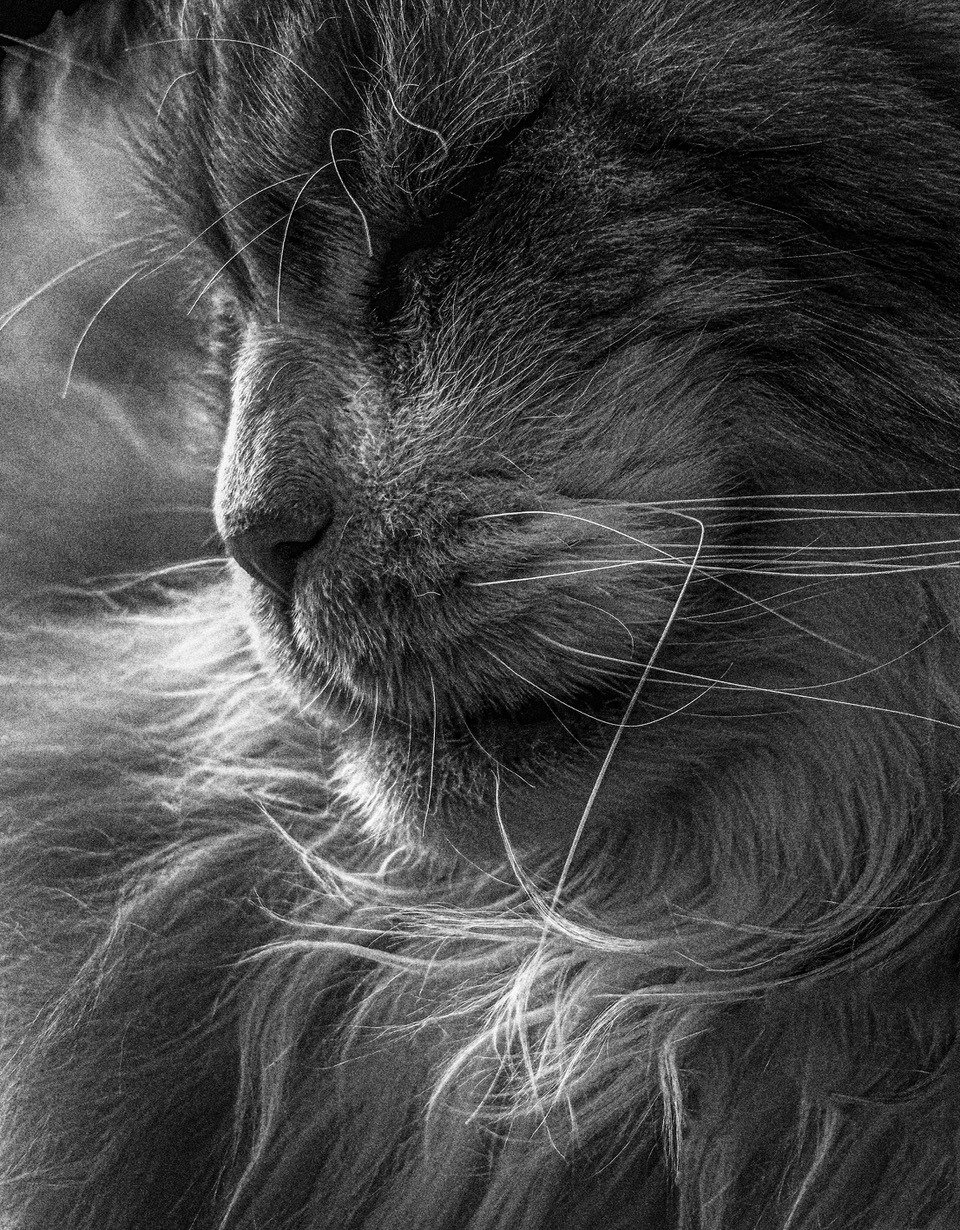
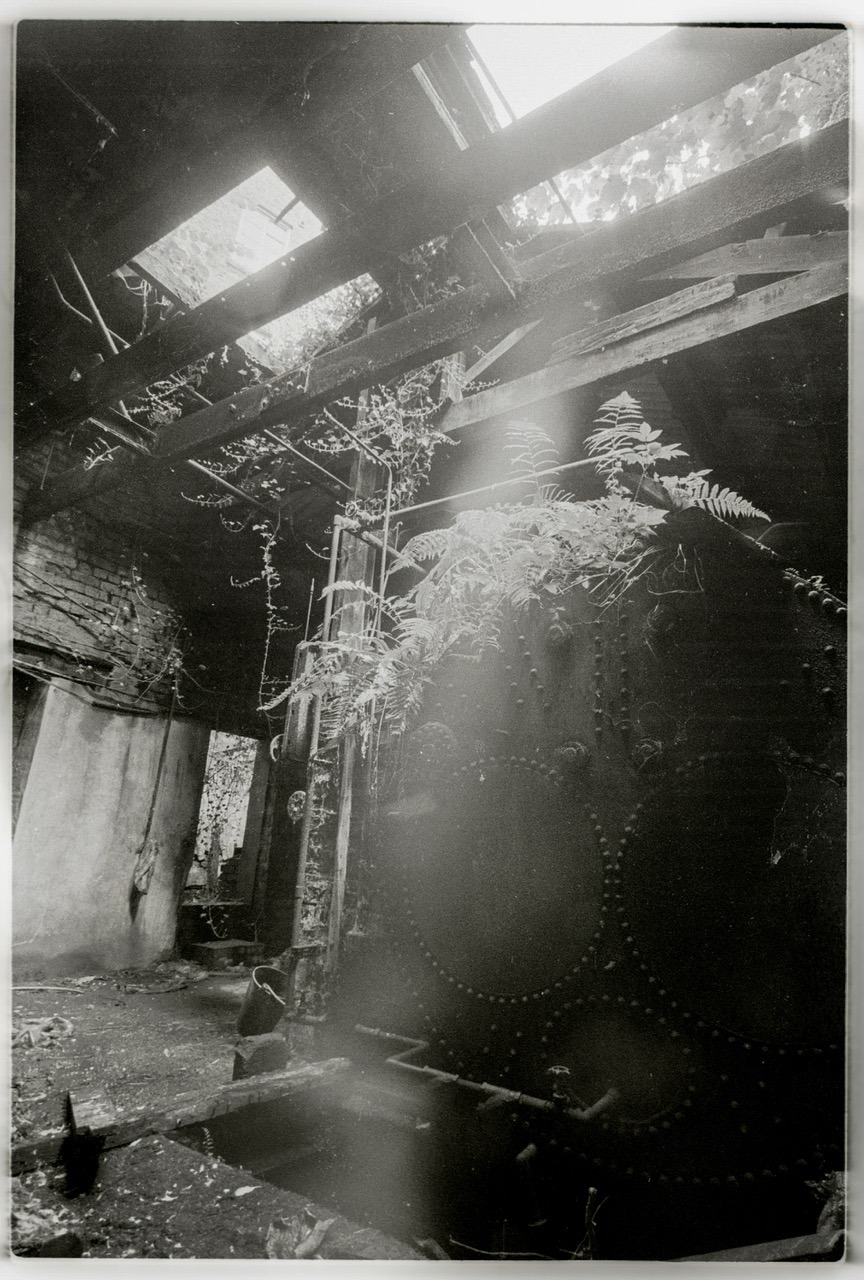
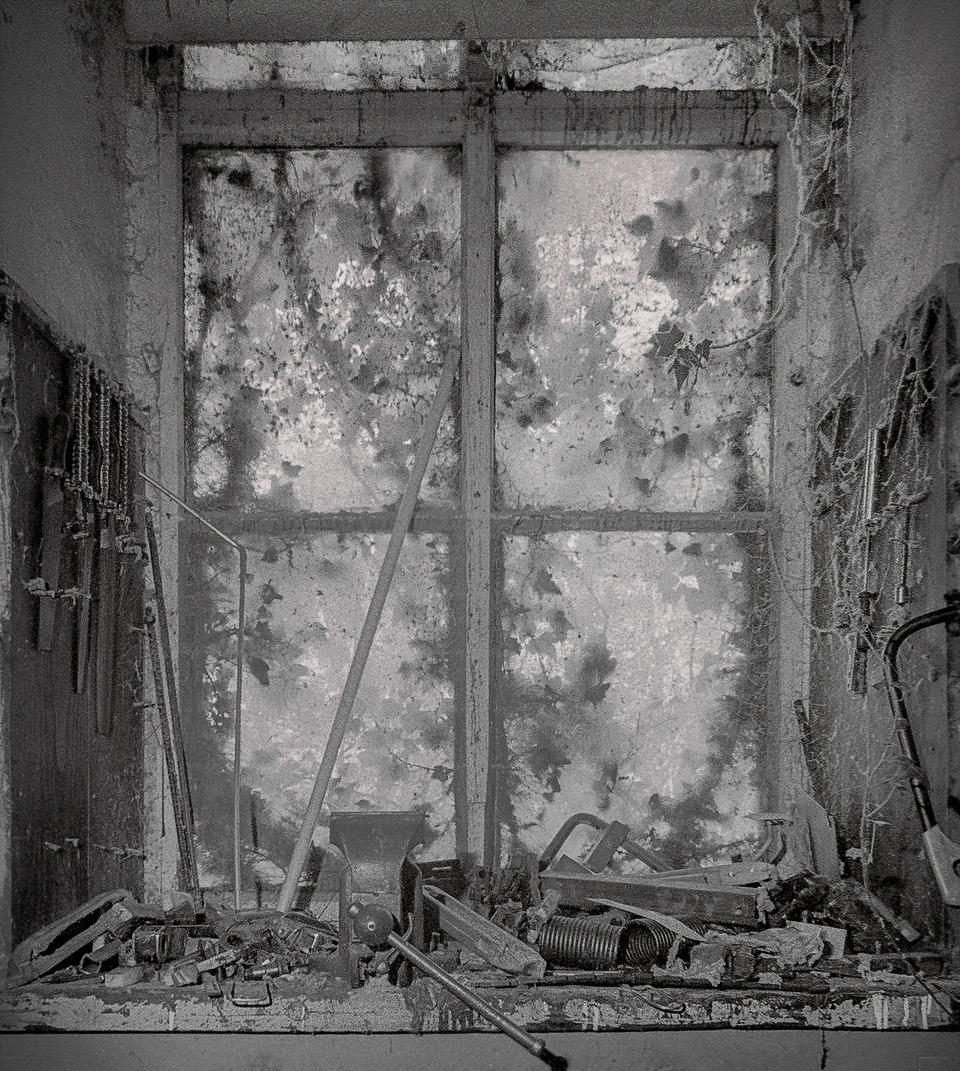

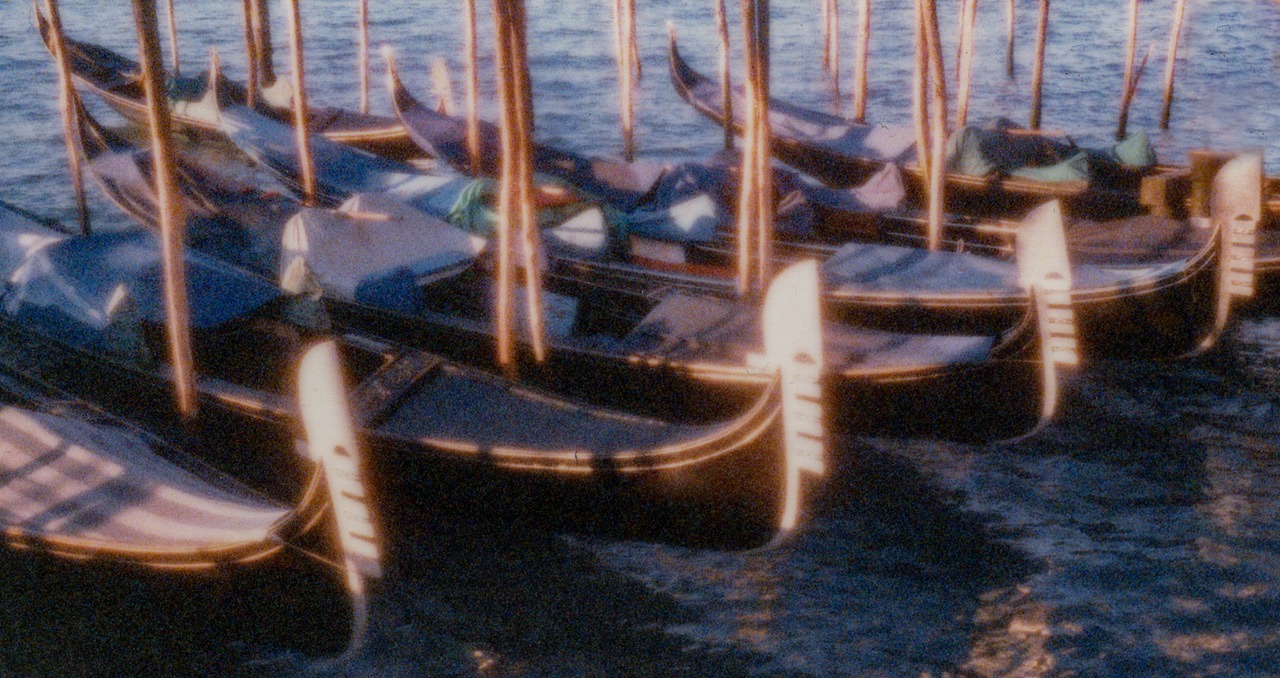
Text and Photos by David A.


